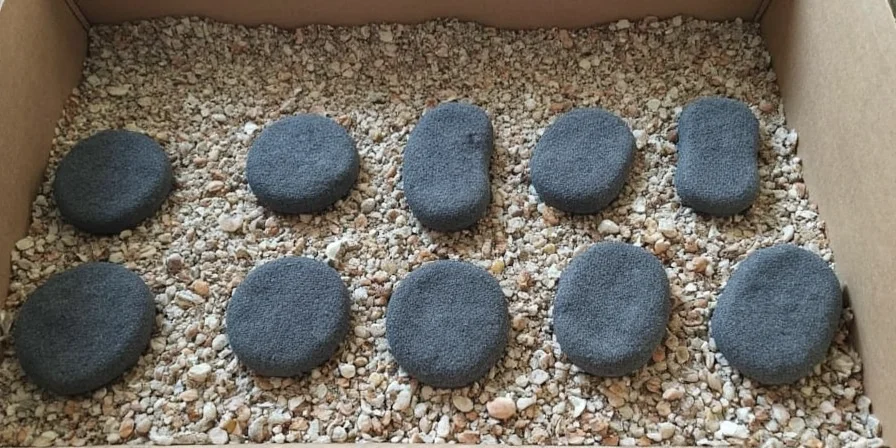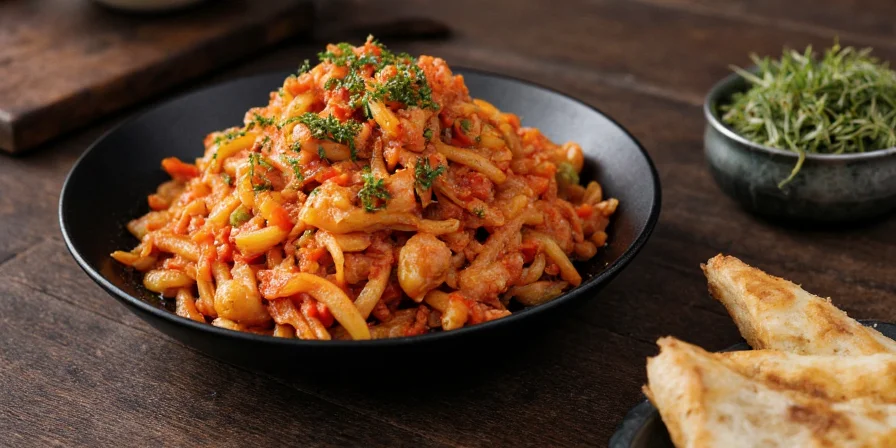Are you making these 7 critical spice mistakes that ruin your dishes? Most home cooks unknowingly waste money and compromise flavor due to improper spice handling. Here's exactly how to fix each error using science-backed techniques that professional chefs rely on.

Proper spice usage transforms basic ingredients into extraordinary meals. This guide delivers actionable solutions for the most common spice errors, backed by culinary science. You'll learn precise storage methods, optimal grinding techniques, and timing strategies that maximize flavor while preventing costly waste.
The 7 Most Common Spice Mistakes Home Cooks Make

- Buying bulk spices you rarely use: Most spices lose 60% of potency within 6 months when ground. Purchase small quantities of whole spices from specialty retailers like Penzeys or The Spice House for maximum freshness.
- Storing spices near heat sources: Kitchen cabinets next to stoves expose spices to temperatures that accelerate volatile oil degradation. Store in airtight containers in a cool, dark pantry (below 70°F/21°C) for 2-3x longer shelf life.
- Using pre-ground spices exclusively: Pre-ground versions lose aromatic compounds rapidly. Always grind whole spices just before use—cumin seeds release 40% more essential oils when freshly ground.
- Adding delicate herbs too early: Basil's linalool compounds evaporate at 140°F (60°C). Add fresh basil during final plating, not during cooking, for maximum fragrance in pasta dishes and sauces.
- Substituting dried and fresh herbs 1:1: Dried herbs are 3x more concentrated. Use 1 teaspoon dried oregano = 1 tablespoon fresh oregano in tomato sauces for proper flavor balance.
- Burning paprika: Scorching creates bitter alkaloids. Bloom paprika in oil at medium-low heat (320°F/160°C) for 60 seconds to unlock sweetness without burning.
- Ignoring cinnamon types: Cassia contains liver-toxic coumarin. For daily use in oatmeal or coffee, choose Ceylon cinnamon with its complex citrus notes and negligible coumarin levels.
Science-Backed Fixes for Common Spice Problems

- Cumin's acrid taste solved: Toast whole seeds 30 seconds in dry pan before grinding. This Maillard reaction creates 20+ new flavor compounds critical for authentic chili and curry bases.
- Turmeric bioavailability maximized: Curcumin absorption increases 2000% when combined with black pepper (piperine) and fat. Always cook turmeric with oil and add pepper simultaneously.
- Dried vs fresh oregano confusion resolved: Dried oregano's thymol intensifies during slow cooking—ideal for tomato sauces. Fresh oregano's volatile oils work best raw in Greek salads and bruschetta.
- Coriander seed soapy taste eliminated: Toast seeds 45 seconds to mellow compounds responsible for soapy undertones. Never substitute dried seeds for fresh cilantro in critical applications like guacamole.
- Optimal spice grinding technique: Use a dedicated coffee grinder in 10-second bursts to prevent heat buildup. Yields finer particles that release 40% more essential oils than mortar and pestle.
- Perfect herb timing strategy:
- Fragile herbs (basil, tarragon): Add in last 2 minutes of cooking
- Woody herbs (rosemary, thyme): Infuse at start for flavor penetration
- Ground spices: Bloom in fat midway through cooking
- Flavor layering for complexity: Combine whole spices at start (slow flavor release) with ground versions midway (immediate impact) for multidimensional results in stews and braises.
Professional Spice Storage & Usage Protocols

- Advanced storage science: Oxygen is the primary enemy—store spices in amber glass jars with oxygen absorbers. Refrigerate whole nutmeg and vanilla beans for 2x shelf life extension.
- Potency testing method: Rub between fingers—if aroma is weak, replace. Whole spices maintain peak potency for 3-4 years; ground versions degrade within 6-12 months.
- Temperature control precision: Toast whole spices below 350°F (177°C) to avoid pyrolysis. Shake pan constantly—30 seconds for seeds, 45 for roots like ginger.
- Substitution guide:
- 1 tsp dried = 1 tbsp fresh herbs
- Ceylon cinnamon = cassia in 1:1 ratio but safer for daily use
- Fresh cilantro ≠ coriander seeds (different flavor profiles)
Spice Comparison Guide: Maximizing Flavor Impact

| Spice | Common Mistake | Pro Solution | Optimal Use Case |
|---|---|---|---|
| Basil | Cooking during simmering | Add fresh in last 2 minutes | Finishing pasta, post-cooking garnish |
| Cumin | Using pre-ground exclusively | Toast whole seeds 30s before grinding | Chili bases, curry pastes |
| Paprika | Adding to hot oil immediately | Bloom at medium-low heat 60s | Goulash, roasted vegetables |
| Turmeric | Using without fat or pepper | Cook with oil + black pepper | Golden milk, curries |
| Oregano | Using dried in raw applications | Dried for sauces, fresh for salads | Tomato sauces vs. Greek salads |
| Cinnamon | Using cassia daily | Choose Ceylon for daily use | Oatmeal, coffee, desserts |
| Coriander | Substituting seeds for fresh leaves | Toast seeds, use leaves raw | Curry powders vs. salsas |
Implement These Techniques Immediately

Start with one technique this week: toast your cumin seeds before making chili. Notice the dramatic flavor improvement from this simple step. Proper spice handling transforms cooking from guesswork to precision science.
Remember: great seasoning isn't about quantity but strategic timing and form. Treat spices as active ingredients requiring specific handling protocols, not passive garnishes. This scientific approach delivers consistent restaurant-quality results at home while maximizing your spice investment.
Spice Usage Questions Answered
How can I tell if my spices have gone bad?
Perform the rub test: place a pinch between your fingers and rub vigorously. If little aroma emerges, replace the spice. Whole spices maintain potency 3-4 years; ground versions degrade within 6-12 months.
What's the science behind toasting spices?
Toasting below 350°F triggers Maillard reactions that create 20+ new flavor compounds while reducing raw, bitter notes. This chemical transformation enhances complexity—especially crucial for cumin, coriander, and mustard seeds.
Why does turmeric need black pepper?
Piperine in black pepper increases curcumin absorption by 2000%. For maximum health benefits and flavor impact, always combine turmeric with both black pepper and a fat source like coconut oil.
How should I store expensive spices like saffron?
Store saffron in an airtight container in the freezer. The cold temperature preserves volatile compounds, maintaining potency for 3-5 years. Never store near strong-smelling foods as saffron readily absorbs odors.
Can I revive stale spices?
No—once volatile oils degrade, they cannot be restored. However, toasting stale whole spices briefly may provide marginal improvement. Prevention through proper storage is the only effective solution.
What's the optimal time to add spices when cooking?
Depends on volatility: add delicate spices (basil, paprika) midway through cooking; robust spices (cumin, coriander) early; finish with fresh herbs. Ground spices should bloom in fat for 60 seconds before adding liquids.











 浙公网安备
33010002000092号
浙公网安备
33010002000092号 浙B2-20120091-4
浙B2-20120091-4